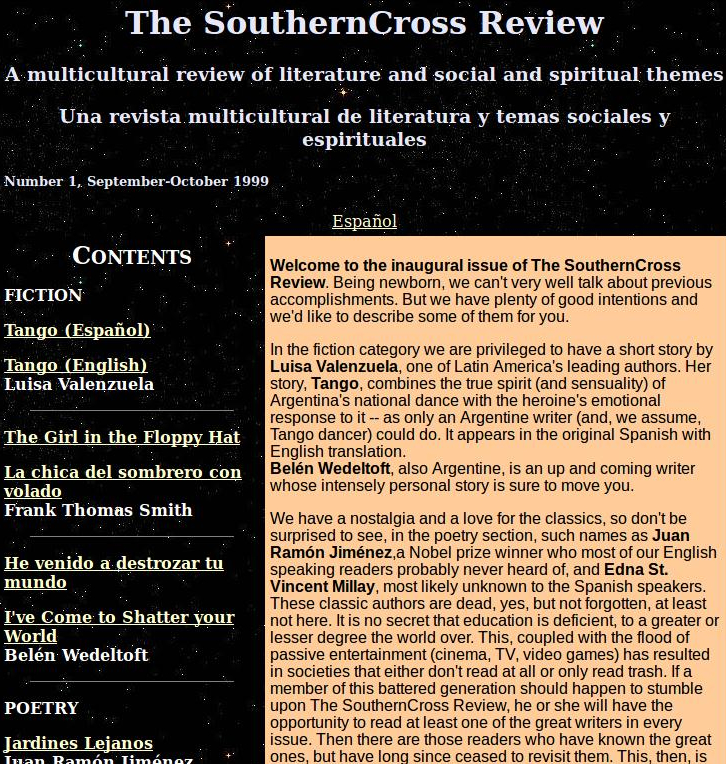Isadora Duncan

Angela Isadora Duncan (May 26, 1877 – September 14, 1927) was an American dancer who performed to acclaim throughout Europe. Born in California, she lived and worked in Western Europe, New York for a while, and the Soviet Union from the age of 22 until her death at age 50, when her scarf became entangled in the wheels and axle of the car in which she was riding. Breaking with convention, Duncan imagined she had traced dance to its roots as a sacred art. She developed from this notion a style of free and natural movements inspired by the classical Greek arts, folk dances, social dances, nature and natural forces as well as an approach to the new American athleticism which included skipping, running, jumping, leaping and tossing. Duncan's philosophy of dance moved away from rigid and towards what she perceived as natural movement. To restore dance to a high art form instead of merely entertainment, she strove to connect emotions and movement: "I spent long days and nights in the studio seeking that dance which might be the divine expression of the human spirit through the medium of the body's movement." She believed dance was meant to encircle all that life had to offer, including both joy and sadness. Duncan took inspiration from ancient Greece and combined it with an American love of freedom. Her movement was feminine and arose from the deepest feelings in her body. This is exemplified in her revolutionary costume of a white Greek tunic and bare feet. Inspired by Greek forms, her tunics also allowed a freedom of movement that corseted ballet costumes and pointe shoes did not.
Don't forget to so we can advise you when the next issue is ready!
You can find us under the Southern Cross in the Traslasierra Valley, Province of Córdoba, Argentina. Visitors always welcome. Just follow the sign that reads: La Cruz del Sur.
Frank Thomas Smith, Editor
Editor's Page
Unemployment, Poverty, Hunger and Buchenwald
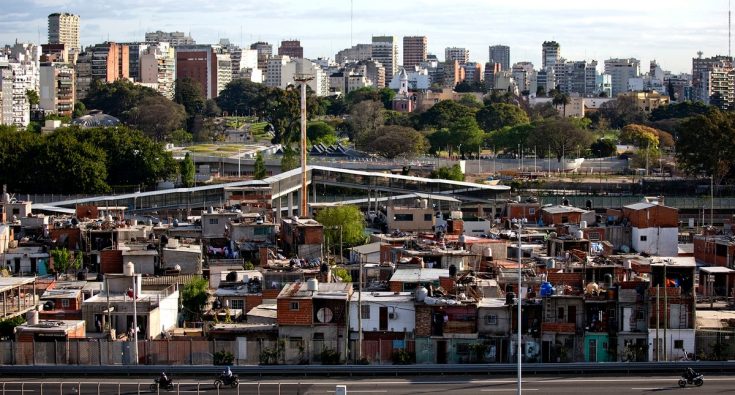
I used to be an Organization Development consultant and was a member of an international association of colleagues which held yearly meetings in different countries. This one was in Weimar, Germany about thirty years ago. A Danish consultant had been invited to give a talk about her specialty which was, more elegantly expressed, “How to Fire People Humanely”.
I remember her remarks, but the memory brings me back to a much stronger and much more important one.
We'll get back to her.
The organizers had arranged for us to visit the Buchenwald concentration camp, now a museum, located only three kilometers from town, at the end of our meeting. It was a good idea to schedule that visit at the end, because it would have been difficult to concentrate on our trivial concerns after having seen and felt an example of one of the greatest, most evil human depredations in history. So, as an aside so to speak, I heartily recommend, even, if I could, demand, that you – the reader who as gotten this far – to check out the Wikipedia page here about Buchenwald.
Continue reading
Current Events
Make America Greta Again!

Look what Greta started and what she did to me! I took part in the recent climate-strike march in New York City -- one of a quarter-million people (or maybe 60,000) who turned out there, along with four million others across all seven continents. Then I came home and promptly collapsed. Which tells you one thing: I'm not 16 years old like Greta Thunberg, the Swedish teen who almost singlehandedly roused a sleeping planet and is now described as “the Joan of Arc of climate change.” Nor am I the age of just about any of the demonstrators I stopped to chat with that afternoon, however briefly, while madly scribbling down their inventive protest signs in a little notebook...
Continue reading.
The Military Coup in Bolivia
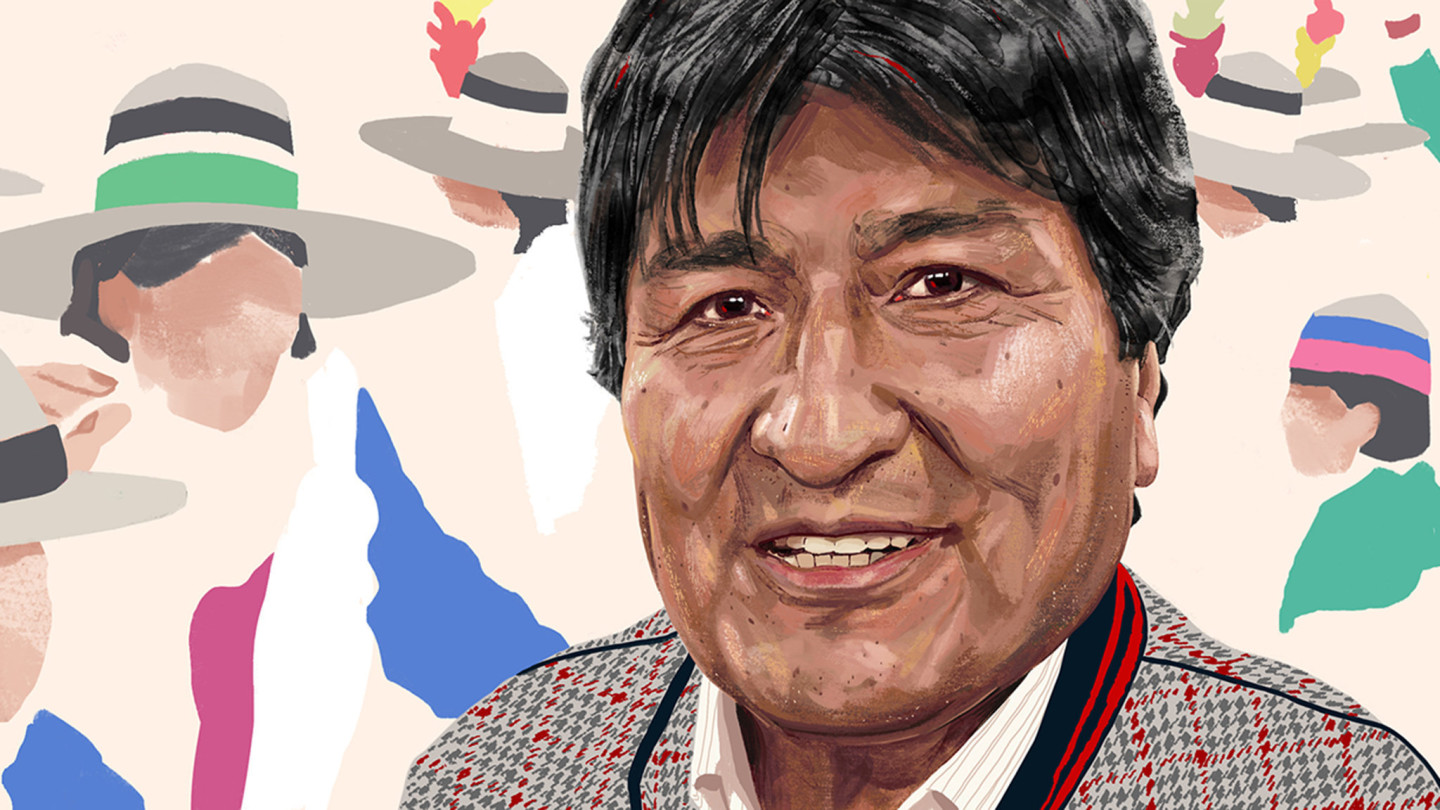
On November 10, 2019 Evo Morales, who served as president of Bolivia for 13 years and presided over extraordinary economic growth and a reduction of inequality praised even by his critics, announced that he was resigning the presidency under duress, with implicit threats from the Bolivian military. Morales later made clear that he viewed these events as a classic right-wing military coup of the kind that has plagued the continent for decades, explaining that he was removed from his position by force and then ultimately pressured by a police mutiny and military threats to flee his own country. Morales went to Mexico, where he was granted political asylum, and lived under heavy security in Mexico City until being granted refugee status in Argentina. On December 3, Glenn Greenwald sat with Morales in Mexico City for an hourlong interview that was wide-ranging in scope: not only about the events that led to his removal and exile from Bolivia, but also broader trends in regional and global politics, as well as the role played by the U.S. in Latin America.
Watch the interview
Features
Consider the Axolotl - Our Great Hope for Regeneration?
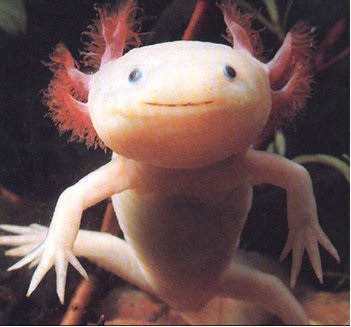
It has long been understood, and by cultures too various to list, that salamanders have something of the supernatural about them. Their name is thought to derive from an ancient Persian vocable meaning ‘fire within’, and for at least 2,000 years they were believed to be impervious to flames, or even capable of extinguishing them on contact. Aristotle recorded this exceptional characteristic, as did Leonardo da Vinci. The Talmud advises that smearing salamander blood on your skin will confer inflammability. Not so. But the intuition that salamanders possess fantastical powers is not unfounded. Like earthbound immortals, salamanders regenerate. If you cut off a salamander’s tail, or its arm, or its leg, or portions of any of these, it will not form a stump or a scar but will instead replace the lost appendage with a perfect new one, an intricacy of muscle, nerve, bone and the rest. It will sprout like a sapling. Science has been chopping up salamanders for more than 200 years with the aim of simply understanding the mechanics of their marvels, but more recently with the additional aim of someday replicating those marvels in ourselves. Might salamanders be the great hope of regenerative medicine?
Continue reading
The President's New Clothes
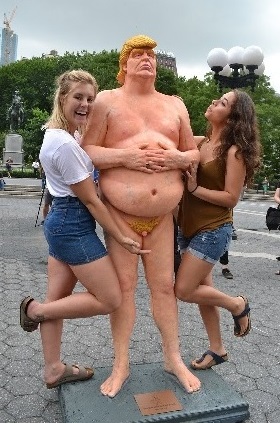
The United States of America had a President so exceedingly fond of new clothes that he spent a lot of money (of which he had much, gained honestly by cheating poor orphans and widows and innocent dumbbells) on being well dressed. He cared nothing about the Constitution or the Truth. He was more interested in, according to him, “grabbing women's pussies”. He was known to be one of the world's greatest TV watchers, especially when he himself was the subject, which he mostly was.
In the great city where he once lived, life was always gay [sic]. Every day many strangers came to town, and among them one day came two Ukrainian-Americans. They let it be known that they were weavers of conspiracy theories as well as clothes, and they said they could weave the most magnificent lies imaginable. Not only were their colors and patterns uncommonly fine, but clothes made of this cloth, with the pockets full of conspiracy theories, had a wonderful way of becoming invisible to anyone who was unfit for his or her office, or who was unusually stupid and unhinged, or was not sufficiently loyal to the President. (The latter quality did not apply to the President, for he was always loyal to himself, if not to anyone else.)
Continue reading
Science
Do Flowers Hear Bees?

I
In a recent course at The Nature Institute we spent time each morning for a week observing wild chicory (Cichorium intybus). Its flower heads open with the brightening of morning; if it remains cloudy, the flowers hardly open at all. The flowers orient themselves towards the sun and move with the sun during the course of the morning. They close and wilt by the afternoon. The way they unfold and bend their flower stalks is an expression of their connectedness with the sunlight. Many other flowers are also attuned to the light of the sun. The sunlight belongs to their lives.
Continue reading
The Anthropic Cosmological Principle

The Anthropic Principle (not Anthropic Cosmological Principle yet) emerged, in fact, in 1973 in connection with the solemn celebration of 500th anniversary of Copernicus's birth. The first publications about it appeared only one year later. Some ideas, very similar to this principle, can be traced back even to the ancient philosophers. If one accepts that any idea of our Universe having some special properties necessary for the existence of human beings is a precursor of the Anthropic Principle, then one can find some elements of it in every religion which states that the Universe or part of it was created for people. Thus, the Anthropic Principle could be regarded as very old indeed, since such statements are involved in many religions. Therefore, according to Oddone Longo (1989), we have to be very careful in comparing the contemporary Anthropic Principle to any old religious or philosophical views. There are many different versions of the Anthropic Principle...
Continue reading.
Fiction
Downsized, Unemployed...Upgraded

The fact that “everything happens at once” is a cliché doesn’t make it less true. Shortly after I lost my job my wife left me. Both the wife and the job were good ones, and the loss in both cases was attibuted to downsizing – if you know what I mean – so I was pretty devastated. At least the company gave me a Golden Handshake, whereas the wife took the house, the car and the kids.
I decided to brood as far away as possible from the scene of the crimes, so I gathered my credit cards and laptop and took a taxi to the airport with the intention of flyng to a faraway place.
At JFK I looked at the departure board for the first really distant destination with a flight leaving soon. There it was: Buenos Aires, the only major South American city I hadn’t been to on business and the farthest one to boot...
Continue reading
Español
The Two Moons
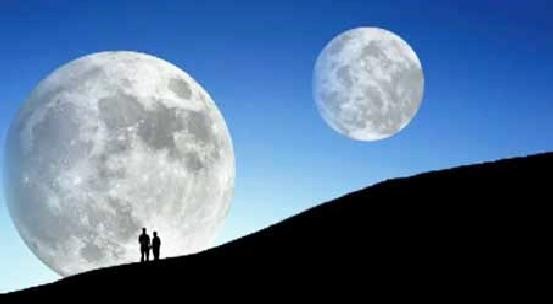
It was not yet eight when we arrived at the land-of-the sky restaurant on a hot Rome evening in July. From the parking area we slipped-slid down a steep paved slope to the entrance. At the point the approach downslope ended stood an immense white Ferrari, which my friend from Paris interpreted as a sign of a quality restaurant. To our right, a sprawling stone, steel and glass structure with gaping window walls and white diaphanous curtains swirling in the breeze from the sea beyond the horizon. White and black. Black on white. Le Due Lune Restaurant. The Two Moons. Its position on the hill fit to perfection the quest for the Earth’s twin moon... Continue reading
Anthroposophy
Spirits of Light and Spirits of Darkness

The event I have been referring to in the preceding lectures, the occasion when certain spirits of darkness were cast out of the spiritual realm and down into the human realm in the autumn of 1879, holds great importance. We have to reflect again and again what it really means to say that a battle raged for decades in the spiritual realms. The battle started in the early 1840s and ended when certain spiritual entities, which had been acting like rebels in the spiritual world during those decades, were vanquished in the autumn of 1879 and cast down as dark spirits into the realm of human evolution. They are now among us and the effect of this is that they send their impulses into our view of the world, not only into the way we think about the world, but also into our inner feelings, our will impulses and even our temperaments. Human beings will be unable to get even a partial understanding of the significant events of the present time and the immediate future, unless they are prepared to recognize the relationship which exists between the physical world and the spiritual world and take as much account of important events like this as they do of natural phenomena...
Continue reading
Esoteric Lessons for the First Class - Recapitulation 4

We shall begin by again letting our souls hear the words which are spoken by all the Beings and processes of the world to the human being who wishes to be worthy of the name, and who has an unbiased sense that in them lies the exhortation to seek true self-knowledge, a self-knowledge that leads to knowledge of the world. And we are exhorted from all sides, from all the Beings of all the kingdoms of nature and all the kingdoms of spirit to this self-knowledge in the true sense of the word, which is the path to world-knowledge. Thus all the Beings of nature and of the spirit exhorted humans in the past, exhort them in the present, and will exhort humans in the future. These exhorting words that urge the soul of man, if he wants to hear them, from all sides, from the east and the west, from the south and the north, from above and below, may also today begin to describe what this Michael-School should mean:
Continue reading
Understanding Modern History - Lecture 5
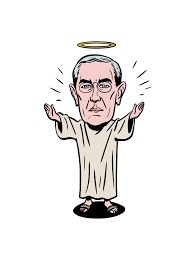
Even within the limits enjoined upon us by discretion at the present time when one speaks of these matters, one cannot discuss the Mystery of Evil without profound emotion. For here we touch upon one of the deepest mysteries of the fifth post-Atlantean epoch, upon something which meets with little understanding today. Man's sensitivity to these things is but little developed as yet. Nonetheless, in all the so-called secret societies of recent times repeated attempts have been made to give certain indications, in the form of symbols, of the Mystery of Evil and the Mystery of Death which is related to it. But since the last third of the nineteenth century these symbolical representations have seldom been treated seriously, even in the Masonic communities, or have been treated in the manner I indicated here two years ago with reference to important events of the present day... Continue reading
Poetry
Poems from "The Glass Bead Game"
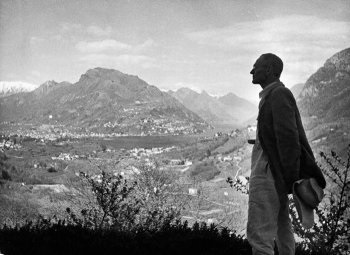
As every flower fades and as all youth
Departs, so life at every stage,
So every virtue, so our grasp of truth,
Blooms in its day and may not last forever.
Since life may summon us at every age
Be ready, heart, for parting, new endeavor,
Be ready bravely and without remorse
To find new light that old ties cannot give.
In all beginnings dwells a magic force
For guarding us and helping us to live.
Continue
The Return of the Magi
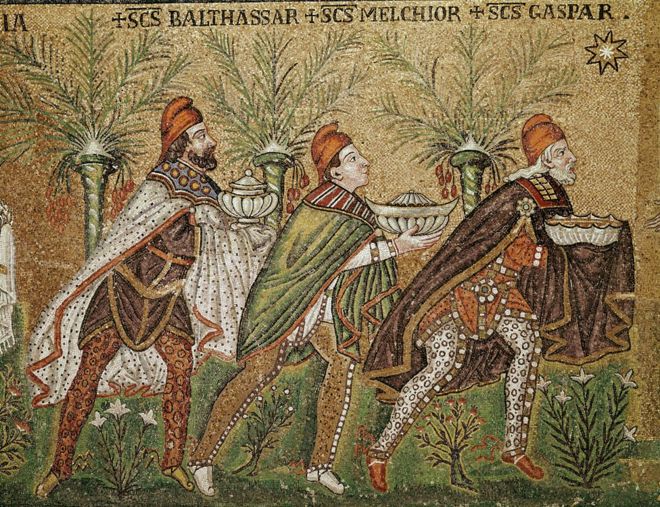
This town is one we've seen before:
These crooked lanes, that stable door,
Although it must have been a dream,
For never were we here before.
And that quick dog, scared and lean,
Crossing the square scarcely seen
And the dark-haired girl leaning out
The hostel window familiar seem...
Continue
Words And Music
"Pennies from Heaven"

A long time ago, a million years B.C
The best things in life were absolutely free
But no one appreciated a sky that was always blue
And no one congratulated a moon that was always new
So it was planned that they would vanish now and then
And you must pay before you get them back again
That's what storms were made for
But you shouldn't be afraid for:
Every time it rains it rains
Pennies from heaven,
Don't you know each cloud contains
Pennies from heaven.
Listen to Billie
Search SCR.org


